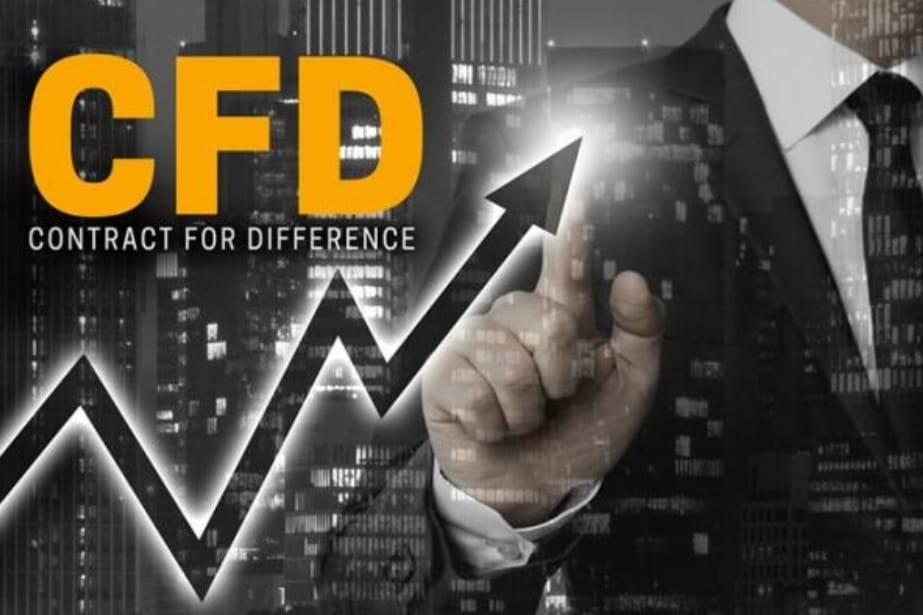What Is CFD Trading And How It Works? A Comprehensive Guide

“In the realm of financial markets, contract for difference (CFD) trading has emerged as a popular instrument for speculating on the price movements of underlying assets. In contrast to traditional trading methods, which involve acquiring ownership of the underlying asset, CFDs enable traders to capitalize on market fluctuations by profiting or incurring losses based on the difference between the opening and closing prices of the contract.
This unique feature has garnered the attention of a diverse range of traders, including both seasoned investors and novices, all eager to navigate and capitalize on dynamic market trends. For more in-depth insights into CFD trading strategies and market analysis, consider exploring valuable resources available at andriasys.com.”
Understanding the Essence of CFDs
At its core, a CFD is an agreement between a trader and a broker to exchange the difference in the value of an underlying asset between the time the contract is opened and when it is closed. This agreement effectively allows traders to speculate on the future direction of the asset’s price without actually owning it.
Key Characteristics of CFD Trading
CFD trading is characterized by several unique features that differentiate it from traditional trading methods:
- Leverage: A defining feature of CFD trading is the utilization of leverage, which enables traders to control a larger position than their initial deposit would allow. This can amplify both potential gains and losses.
- Two-Way Trading: CFDs offer the flexibility to speculate on both rising and falling prices. Traders can either “go long” if they anticipate the price to increase or “go short” if they expect a decline.
- No Physical Delivery: Unlike traditional trading, CFDs do not involve the physical delivery of the underlying assets. Instead, traders settle the difference in price between the contract’s opening and closing points.
Types of CFDs
CFDs are available for a wide range of underlying assets, spanning various market segments:
- Shares: Traders can speculate on the price movements of individual company stocks through CFDs.
- Indices: CFDs provide exposure to the overall performance of stock market indices, such as the S&P 500 or the FTSE 100.
- Commodities: CFDs allow traders to speculate on the prices of commodities, such as oil, gold, and agricultural products.
- Currencies: CFDs offer exposure to currency exchange rates, enabling traders to speculate on the relative value of different currencies.
- Cryptocurrencies: CFDs have emerged as a popular instrument for trading cryptocurrencies like Bitcoin and Ethereum.
Mechanics of CFD Trading
The process of CFD trading involves several key steps:
- Account Opening: Traders must first open a CFD trading account with a regulated broker.
- Market Selection: Traders choose the underlying asset they wish to trade based on their market analysis and risk appetite.
- Position Direction: Traders decide whether to “go long” or “go short” based on their price predictions.
- Order Placement: Traders place orders with their broker to enter or exit a CFD position.
- Margin Requirements: Traders must maintain a minimum margin level to keep their positions open.
- Position Closing: Traders close their positions by placing an order in the opposite direction, settling the difference in price.
Risk Considerations in CFD Trading
CFD trading involves inherent risks that should be carefully considered before engaging in this activity:
- Leverage Magnifies Losses: While leverage can amplify profits, it can also exacerbate losses. Traders may lose more than their initial investment if market movements go against their positions.
- Market Volatility: Financial markets are inherently volatile, and sudden price fluctuations can lead to significant losses.
- Margin Calls: If traders’ account equity falls below the margin requirement, they may receive a margin call, forcing them to deposit additional funds or face position liquidation.
- Hedging Strategies: CFDs can be employed as hedging instruments to protect against potential losses in other investments.
Things To Know About CFD Trading
Here is a list of things to consider when trading CFDs:
Risk Tolerance:
- Assess your financial situation and emotional stability.
Market Analysis:
- Stay up to date on economic developments, market trends, and company-specific news.
Risk Management Strategies:
- Utilize stop-loss orders to automatically exit positions when prices move against you.
- Set profit targets to lock in gains.
Regulation:
- Choose a regulated CFD broker to ensure transparency and protection.
Education:
- Educate yourself about CFD trading concepts, terminology, and risk management techniques.
- Utilize demo accounts to practice trading without risking real capital.
Financial Stability:
- Ensure you have adequate financial resources to meet margin requirements and cover potential losses.
Emotional Stability:
- Cultivate emotional discipline to avoid impulsive decisions based on fear or greed.
Diversification:
- Diversify your CFD portfolio across different asset classes and markets.
Seek Advice:
- Consider seeking guidance from a financial advisor or experienced CFD trader.
Additional Considerations:
- Understand the concept of leverage and how it can magnify both profits and losses.
- Be aware of the costs associated with CFD trading, such as commissions and spreads.
- Develop a trading plan and stick to it.
- Regularly review your trading performance and make adjustments as needed.
Conclusion
CFD trading presents a unique opportunity for traders to speculate on the price movements of various financial assets without the complexities of traditional trading. However, it is crucial to recognize the inherent risks associated with this form of trading. Traders should carefully assess their risk tolerance, conduct thorough market analysis, and employ appropriate risk management strategies before embarking on CFD trading.
